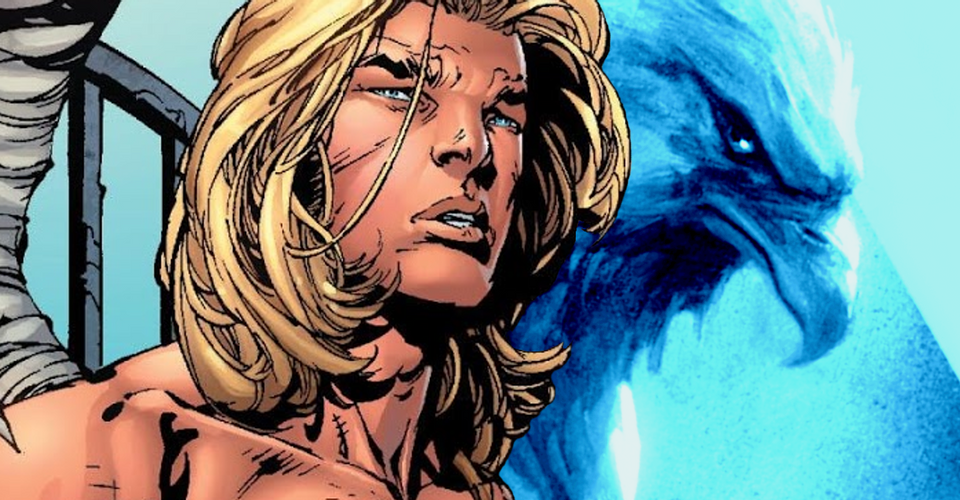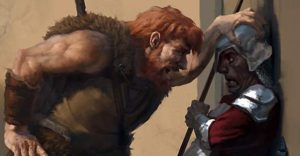X-Men’s Very First Mystery Power is Solved by Angel’s Ultimate Form

When Ultimate Marvel’s Angel took the mutant growth hormone drug Banshee to escalate his powers, his abilities took an unexpected turn, giving an exciting explanation for X-Men‘s original mystery superpower. Unlike the changes that Apocalypse wrought when transforming Warren Worthington III into Archangel, including blue skin and metallic, razor-sharp wings, this was a more natural change – with Angel going full bird-man. In addition to sporting the wings and head of a majestic eagle, this appearance offered an incredibly satisfying answer about his powers.
Ever since his debut as a founding X-Man, fans have wondered why Worthington’s powers so perfectly mimic the religious concept of an angel, and what significance this had to his abilities (especially once he developed the powers of healing and even resurrection.) The mainstream continuity eventually explained that he may be descended from the Cheyarafim: a group of angel-like mutants who existed in Biblical times alongside demon-like mutants called the Neyaphem. It is suggested that the appearance of these types of mutants gave rise to humanity’s initial belief in angels and demons. It’s a smart answer – Warren looks like an angel because he’s descended from the mutants who inspired that idea in the first place – but Ultimate X-Men took a different path.
A separate continuity designed to tell stories free of mainstream comics history, the Ultimate Universe put its mutants through Hell, from being tortured by shady government organizations to having their DNA harvested to create power-enhancing drugs. When Angel uses Banshee to join Colossus’ supercharged version of the X-Men, the end result seen in Ultimate X-Men #94 (by Aron E. Coleite, Mark Brooks, Jaime Mendoza, and Brandon Peterson) suggests that his wings were actually just an avian mutation all along. The MGH hormone took each user’s powers to their upper limit, even revealing that Cyclops is able to channel solar energy to effectively become a god. For Angel, the drug caused the rest of his body to catch up to his wings, with his feet and hands replaced by talons and his new eagle head ruling out any divine source to his usual appearance.

Despite having explicitly called out Worthington’s similarity to a religious angel (contrasted with Nightcrawler’s demonic features), Ultimate X-Men later revealed this to be a misconception. This interesting alternate take on the character dovetails with the larger themes of X-Men comics, where people refuse to see mutants’ humanity, instead discriminating against them and projecting their own fears and assumptions. The public has, at various times, literally believed Angel to be a heavenly angel and Nightcrawler, who is profoundly religious, to be a demon from Hell. Fanatics who believe that their juxtaposition signals the end of days have treated these two mutants accordingly.
This was a thought-provoking change to make, stepping aside from the convoluted Cheyarafim and Neyaphem lore to reveal yet another way that humans misrepresent mutants, erasing their humanity by turning them into demons or saviors. The Ultimate Universe would eventually go on to make the far larger change of revealing that mutants were a man-made phenomenon – an idea which this more mundane explanation for Angel’s appearance works to foreshadow. X-Men fans spent decades speculating about Angel’s true nature, and Marvel’s mainstream and Ultimate universes offered brilliantly diverse answers, each rooted in human prejudice. Of course, it’s up to X-Men fans to decide which version of Angel works best.

















